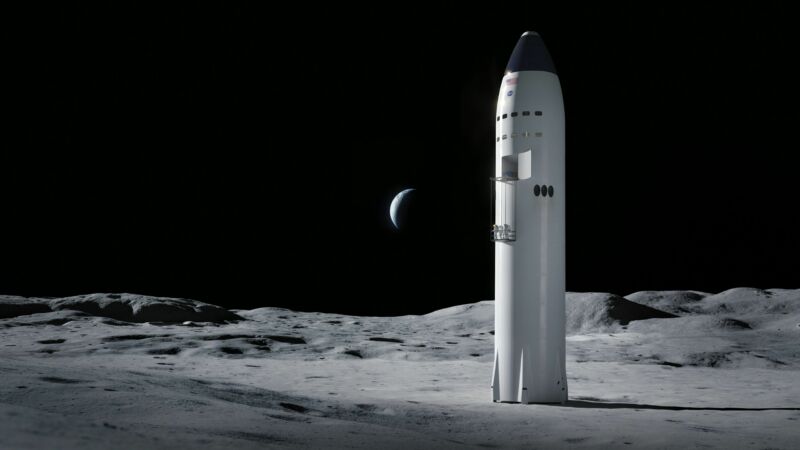
NASA
For several years now, NASA has publicly discussed the initial phase of its Artemis Moon program. These first three missions, to be conducted over the next four or five years, are steps toward establishing a human presence on the Moon.
The Artemis I mission should launch later this year, testing NASA’s Space Launch System rocket and boosting the Orion spacecraft into lunar orbit. The second mission, Artemis II, will more or less be a repeat, only with four humans on board Orion. Then comes the big test, Artemis III, which will send two humans to the Moon and back during the middle of this decade.
Beyond these missions, however, NASA has been vague about the timing of future Artemis missions to the Moon, even as some members of Congress have pressed for more details. Now, we may know why. Ars Technica has obtained internal planning documents from the space agency showing an Artemis mission schedule and manifest for now through fiscal year 2034.
At present NASA has its baseline plan for Artemis, which is shown below. But NASA has also developed at least two “in-guide” schedule options, which agency planners believe are achievable with anticipated budgets, the documents show. These revised schedules indicate that NASA planners do not believe the baseline plan will be achievable on time or within budget.
One of the internal schedules, labeled “cadence,” prioritizes launching regularly. The other, labeled “content,” prioritizes launching only when the most meaningful payloads are ready. Combined, they reveal that NASA is struggling to cram an ambitious exploration plan into a finite budget. The result is a slow-moving lunar program that, in large part, fails to deliver on the goals of the US National Space Policy.

Ars Technica/NASA
In response to questions about the internal schedules, NASA spokeswoman Kathryn Hambleton said, “NASA is pressing ahead with its baseline plans for Artemis missions beyond Artemis III. The agency routinely evaluates alternate architectures as a prudent part of programmatic planning.”
Although NASA can say it is sticking with the “baseline” plan for Artemis, this notional timeline is almost certainly unattainable. Already, the agency is looking at moving the Artemis III mission beyond 2025 due to a number of factors, including a lack of Moon-ready spacesuits. Moreover, the preparation of revised schedules strongly suggests that NASA is ready for inevitable delays.
Here are some of the key issues raised by the revised schedules, which are reproduced above from the original NASA documents to protect our sources.
- There are huge gaps between missions. To close one three-year gap, NASA is considering the creation of an “Artemis III.5” mission that would require the agency to procure a fourth interim upper stage and delay development of other key programs.
- The slow progression in missions puts off development of a “base camp” on the Moon for years, with the earliest emplacement of a lunar surface habitat not coming until 2034.
- NASA will spend the next 10 years focused on assembling a small space station in lunar orbit, rather than building up capabilities on the Moon’s surface.









